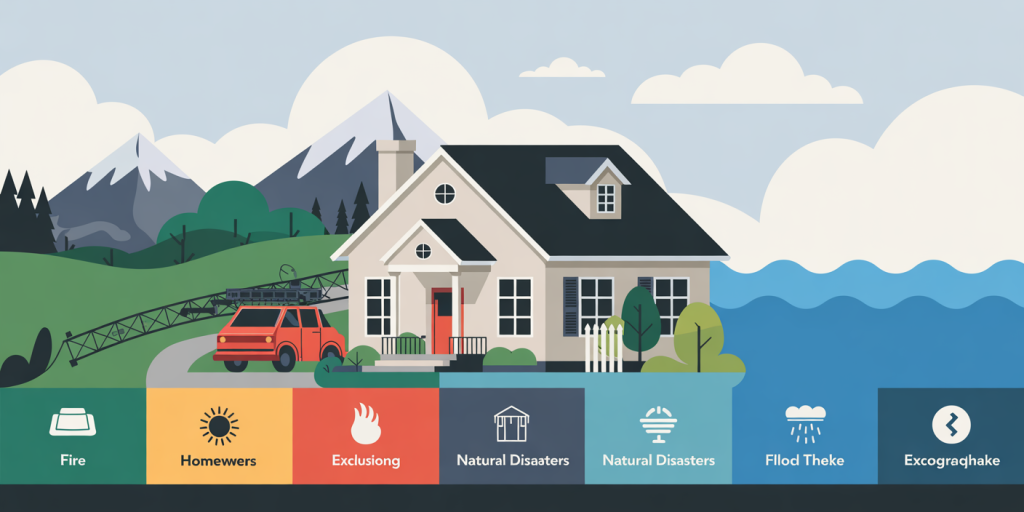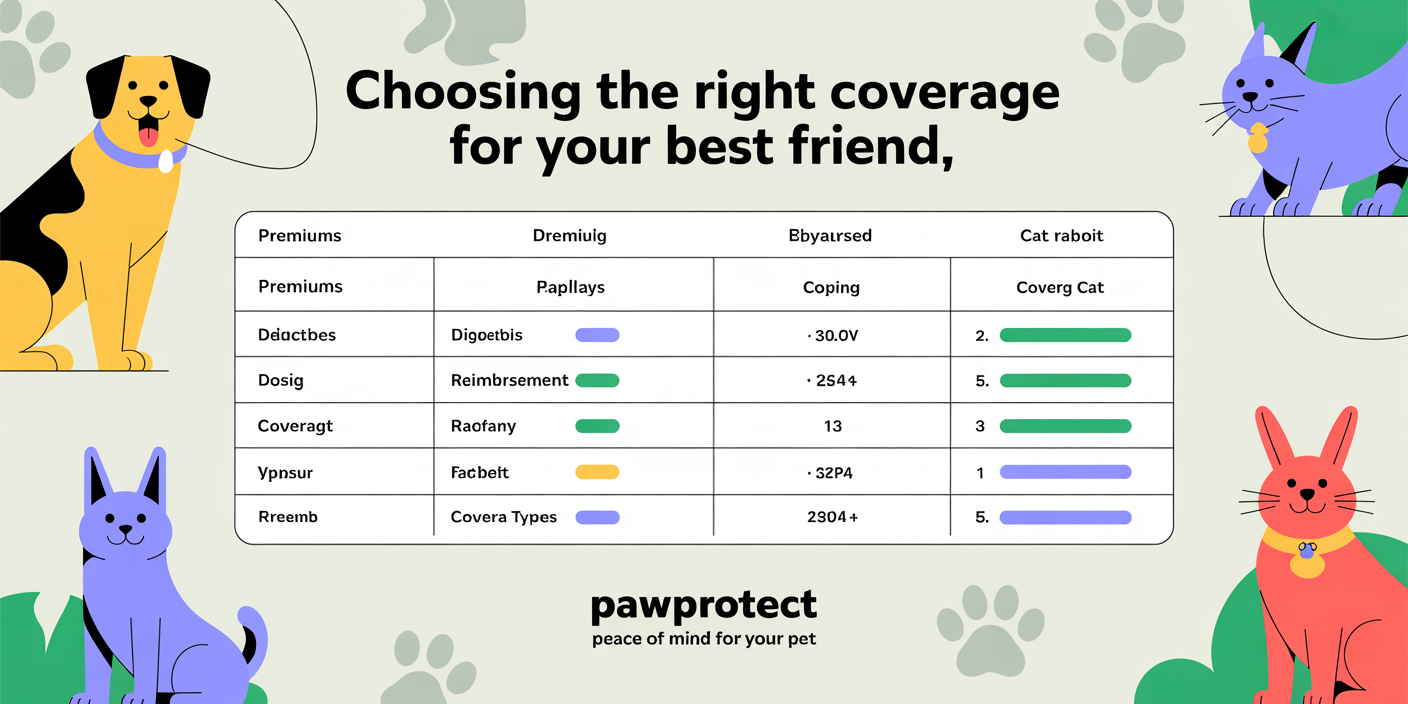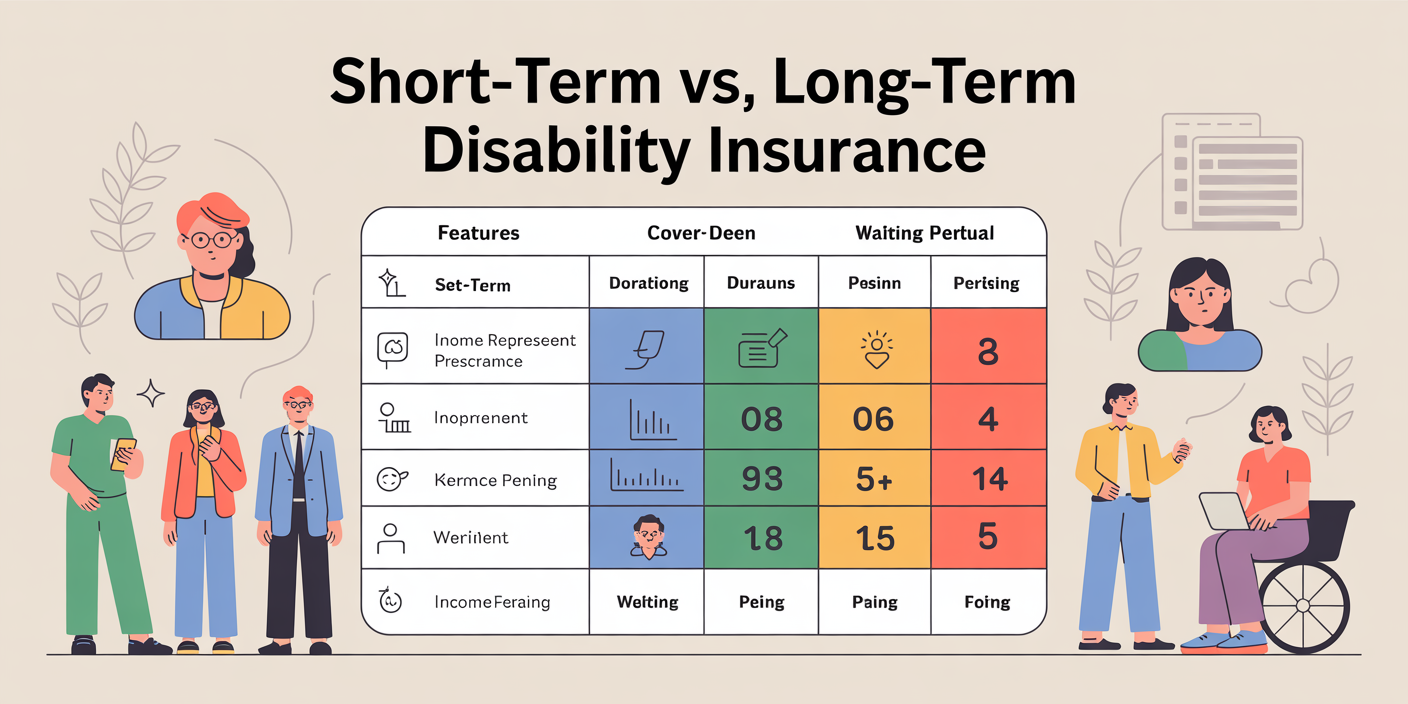Homeowners Insurance: Maximizing Your Coverage and Savings
Anúncios
Purchasing a home is among the most significant investments many individuals make in their lifetime. Alongside this milestone comes the responsibility of protecting that investment through homeowners insurance. However, navigating the complex landscape of coverage options, exclusions, and discounts can be daunting. Understanding how to maximize coverage while minimizing premiums is essential for homeowners aiming to safeguard their assets without overspending. This article delves deep into strategies for enhancing your homeowners insurance portfolio, backed by data, practical examples, and comparative insights.
Understanding Homeowners Insurance: What Does It Really Cover?
Homeowners insurance primarily provides financial protection against damages to the home structure, personal belongings, and liability claims arising from accidents on the property. Most standard policies, often referred to as HO-3 policies, include coverage for perils such as fire, theft, vandalism, and certain natural disasters like windstorms. However, it’s essential to recognize what typical policies exclude. For example, standard policies generally do not cover flood or earthquake damage—requiring additional riders or separate policies.
Anúncios

A 2023 report by the Insurance Information Institute (III) noted that about 32% of homeowners lacked flood insurance, despite flood damage causing approximately $19 billion in insured losses annually in the U.S. alone. This underlines the importance of assessing particular risk factors based on location. For example, a homeowner in Florida must prioritize flood and hurricane-related endorsements, while Californians might consider earthquake coverage. Incorporating these specifics helps tailor insurance efficiently, ensuring adequate protection without unnecessary expenditure.
Practical Strategies for Maximizing Your Coverage
Anúncios
When it comes to maximizing your homeowners insurance, a critical first step is to accurately evaluate the replacement cost of your home rather than relying on market value alone. Replacement cost refers to the amount needed to rebuild your home with similar materials and workmanship—not the price you bought it for or its current market value. For instance, a house purchased decades ago in a neighborhood with rising property values might have a much lower market price than its actual rebuilding cost, especially considering inflation in construction costs.
Case in point: In 2021, a homeowner in Texas suffered damage from a hailstorm that required roof replacement. Their insurance covered only the depreciated value of the roof due to an outdated policy that did not include replacement cost coverage, leading to unexpected out-of-pocket expenses of over $15,000. To avoid this pitfall, demand replacement cost coverage and conduct regular home appraisals.
Another way to maximize coverage is through endorsement add-ons such as scheduled personal property coverage. Standard policies might limit payouts for high-value items like jewelry, fine art, or collectibles to a few thousand dollars. Adding endorsements increases coverage limits for these items, providing peace of mind in case of theft or loss. For example, if you own art pieces worth $50,000, a scheduled personal property endorsement ensures proper reimbursement.
Leveraging Discounts: How to Save Without Sacrificing Security
Homeowners insurance companies offer numerous discounts that can substantially reduce premiums without compromising coverage. Bundling your home insurance with auto or life insurance policies is one common and effective approach. According to a 2022 Consumer Reports analysis, customers who bundled policies saved an average of 15-20% annually.
Additionally, enhancing security features in your home proves highly beneficial. Installing burglary alarms, smoke detectors, deadbolt locks, and fire-resistant roofing materials often leads to lower premiums. A Nationwide Insurance study found that homes equipped with monitored security systems experienced an average 10% reduction in insurance costs, considering the decreased risk of theft and fire damage.

Example: A family in Ohio invested $1,500 to upgrade their home security with smart locks and an alarm system. Their annual homeowners insurance premium dropped by roughly $180, equating to a 12% saving, which accumulated to over $1,000 in five years—far exceeding their initial investment.
Another overlooked discount involves claims-free loyalty benefits. Insurers reward homeowners who maintain a claims-free record with lower renewal premiums. This practice emphasizes prudent home maintenance and risk mitigation to avoid unnecessary claims.
| Discount Type | Typical Savings (%) | Requirements | Practical Example |
|---|---|---|---|
| Multi-policy Bundling | 15 – 20 | Having multiple policies with insurer | Auto + Home insurance bundle |
| Home Security Systems | 5 – 15 | Installation of alarm, locks, detectors | Smart security system reduces premium by 12% |
| New Home Discounts | 10 – 20 | Less than 5 years old home | Brand-new home receives 15% discount |
| Claims-Free Discount | 5 – 10 | No claims filed over a certain period | 5 years without claims leads to 7% savings |
Avoiding Common Coverage Gaps and Pitfalls
Many homeowners unknowingly fall victim to underinsurance or policy gaps that leave significant vulnerabilities. One common issue is underestimating the liability coverage limit. Typical policies offer liability limits between $100,000 and $300,000; however, these amounts may be insufficient in case of severe injury lawsuits.
Take the example of a homeowner who had a guest slip and sustain a serious injury. The medical bills and lawsuit settlement exceeded their $250,000 liability limit, forcing them to pay an additional $100,000 out of pocket. Umbrella insurance policies, which provide several million in additional liability coverage at relatively low cost, can prevent such financial catastrophes.
Another gap lies in debris removal and additional living expenses (ALE) coverage. After disasters such as fires or hurricanes, homeowners must clear debris and, often, temporarily relocate. Some policies limit or exclude such costs. Verifying sufficient ALE limits becomes crucial, especially in regions prone to natural disasters. For instance, after the 2018 Camp Fire in California, many displaced residents struggled with insufficient ALE coverage during prolonged rebuilding periods.
To address these gaps, routinely review and update your policy to reflect changes in home value, neighborhood risk factors, and personal liability concerns.
The Role of Technology in Enhancing Homeowners Insurance
The insurance industry has increasingly embraced technology to offer personalized coverage and price optimization. Telemetry devices and smart home sensors can monitor risks such as water leaks, fire, and break-ins in real time. Data from these devices enable insurers to offer dynamic pricing based on actual risk rather than generic actuarial tables.
According to a 2023 McKinsey report, insurers using advanced analytics and IoT (Internet of Things) devices have reduced claim frequencies by 10-15% due to early risk detection and prevention. Early leak detection sensors, for example, can alert homeowners to plumbing issues before they cause extensive water damage, reducing potential claims dramatically.
Consider a Connecticut homeowner who installed water sensors and a smart thermostat, cutting their monthly premiums by 8% and avoiding a $20,000 water damage claim after a pipe burst was detected promptly. These savings plus risk mitigation demonstrate how investing in smart home technology aligns with maximizing homeowners insurance coverage efficiently.
Future Perspectives: Trends Shaping Homeowners Insurance
Looking ahead, homeowners insurance is poised to undergo further transformation driven by climate change, technological innovation, and evolving consumer behavior. Climate-related disasters such as wildfires, floods, and hurricanes are increasing in frequency and severity. The National Oceanic and Atmospheric Administration (NOAA) reported that weather and climate disasters in the U.S. caused over $165 billion in damage in 2022 alone, a 46% increase over the previous five-year annual average.
This escalating risk forces insurers to rethink coverage offerings and pricing models. We can expect more granular, risk-based premiums utilizing AI-powered risk models considering micro-location data, building materials, and historical weather patterns. Additionally, public-private partnerships aimed at improving community resilience and incentivizing risk mitigation measures are likely to gain traction.
Technological integration will deepen, enabling even more personalized policies based on continuous data from homes, wearables, and environmental sensors. Blockchain technology may streamline claims processing, ensuring faster payments and reducing fraud.
Moreover, as awareness about underinsurance grows, education on adequate coverages and effective policy management will become a central component of homeowner services. Financial advising firms and insurance companies may collaborate more closely to provide holistic asset protection frameworks.
Embracing these trends will empower homeowners to better protect their investments while optimizing their budgets through innovative savings strategies.
Protecting your home through well-structured insurance coverage need not be a daunting task. By understanding the nuances of what your policy covers, leveraging discounts effectively, avoiding common pitfalls, and embracing technological tools, you can maximize both your coverage and your savings. The evolving landscape promises more tailored options and smarter risk management solutions, equipping homeowners with better defenses against uncertainties—today and in the years ahead. Planning carefully now ensures sustained financial security and peace of mind for one of your most valuable assets.




Post Comment